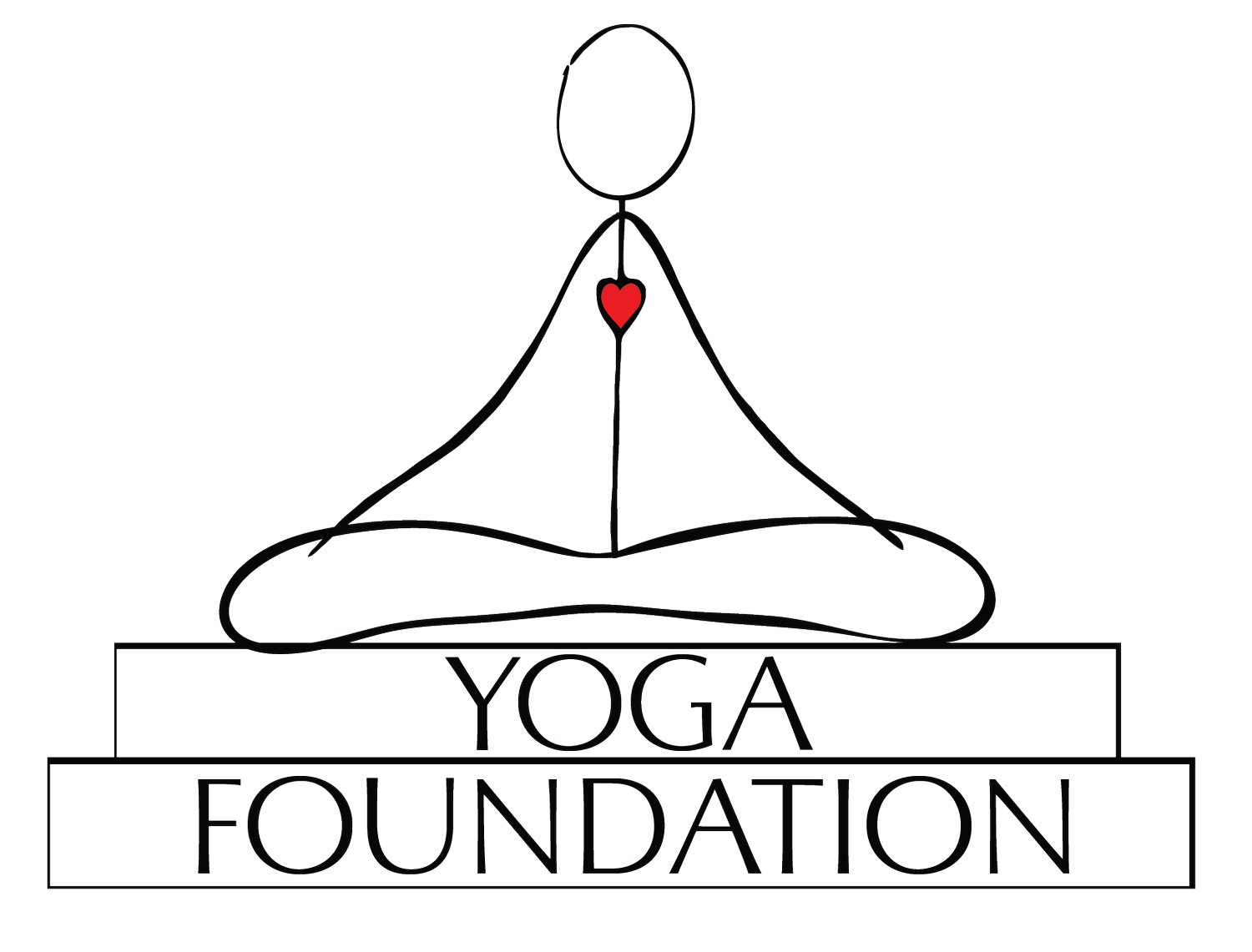Say no to box breathing
Enjoy 15 designated breathing practice minutes a week starting in May
Say yes to learning Prāṇāyāma with a teacher who assesses you and works within your personal parameters. Different breathing techniques are all the rave, but do they work? If they do, you are “lucky,” as breathing practices, like āsana and dhyānam practices, must be therapeutically applied to be effective, helpful and healing.
Nathamuni's Yoga Rahasya II. 55 -
If the breath is forcefully controlled, it will get agitated. Therefore, before teaching, the capacity of the practitioner must be carefully considered.
Life coaches teaching breathing is the new exercise teachers teaching Yoga, and I'm not on board. You musn't be either. We all need to stay within our scope of practice, and teaching breathing techniques, practices, ratios, etc, is all within the scope of practice of Yoga Therapy and musn't be mainstreamed, even by the most well-meaning do-gooders, into fads.
Prāṇāyāma brings much self-regulation; however, even "yoga teachers" need to seek personal guidance before embarking on the path of teaching subtle practices. Why? You can, quite literally, do more damage than good. Breathing practices integrally fall under the umbrella of Patanjali's Yoga - an eight part system for multi-dimensional wellness. Learn them with a qualified teacher over time (not once or in a workshop), and practice them daily, and you become eligible to teach.
YR I-45 - Without the practice of āsana-s, prānāyāma can never be mastered. And without discipline of the breath, steadiness of the mind can never be achieved.
The role of āsana is to slowly tame the breath. Keep in mind, the physical practices are preparation for smooth and aware breathing.
Why even consider a designated Prāṇāyāma practice?
Mind becomes fit for meditation (Yoga Sutra, II. 53). Without prāṇāyāma, meditation is both inaccessible and could be counterproductive.
Practitioner becomes fit for sense control (Yoga Sutra II. 54). Any excessive sensory stimulation one is struggling with will be reduced, with practice.
Yogi-s reduce the respiratory rate. Long and happy life is given to those who reduce their respiratory rate every day through pranayama. (Yoga Rahasya, I.57). We all need to slow down, or we are burning through our life fuel.
Much of the relief and joy we seek in our lives is locked within us, and prāṇāyāma remains an untapped entry point for it all. Join our upcoming course or add a brief breathing practice to your daily routine for health and healing.
